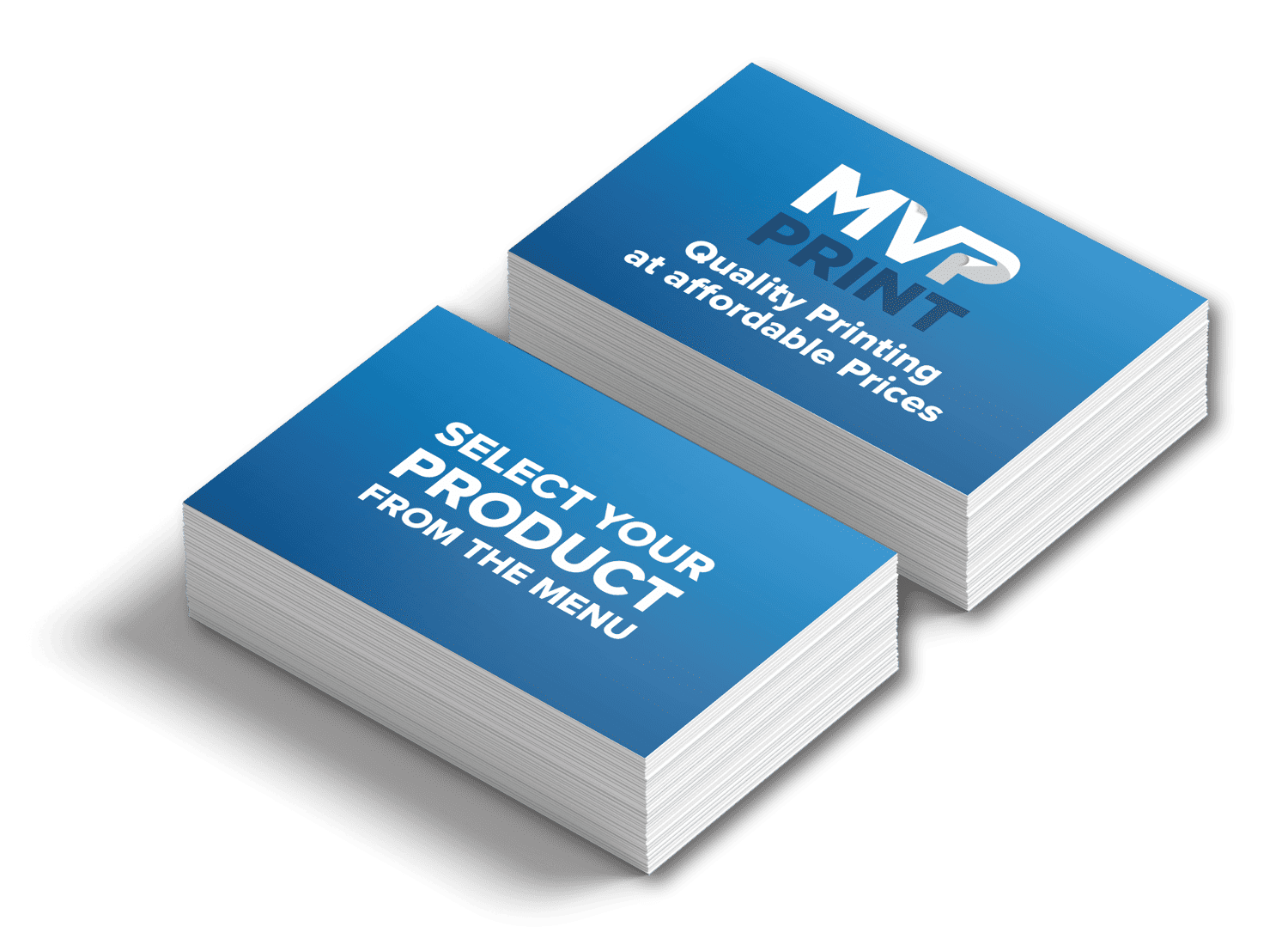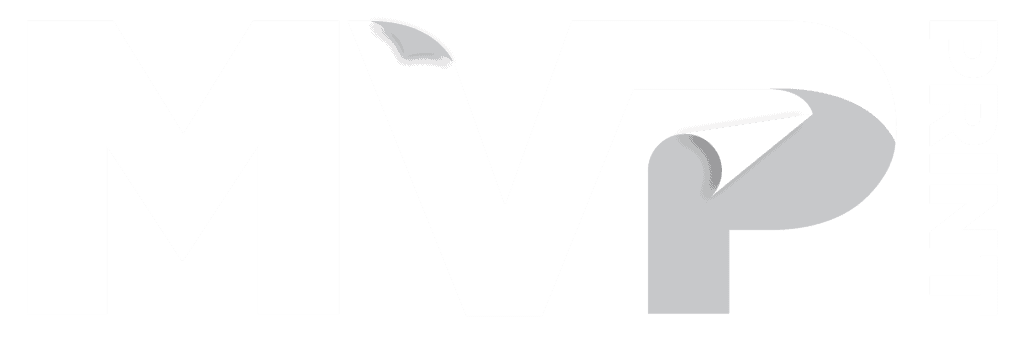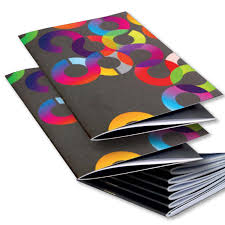
Saddle stitch booklets offer a cost-effective solution for all your printing needs. Whether you’re creating pamphlets, brochures, or promotional materials, saddle stitch binding is the smart choice for budget-friendly printing. This popular binding technique involves folding pages in half and securing them together using wire staples along the spine. Not only is saddle stitch binding affordable, but it is also efficient, making it perfect for magazines, catalogs, and event programs.
In this article, we will delve into the perks of saddle stitch binding, comparing it to other binding methods and highlighting its advantages. We will also provide expert tips on crafting visually attractive saddle stitch booklets, leveraging the self-cover advantage, optimizing page count for cost-efficiency, selecting the right paper stocks, embracing bulk order discounts, and implementing innovative design techniques on a budget.
Key Takeaways:
- Saddle stitch booklets offer a cost-effective solution for various printing needs.
- Saddle stitch binding is affordable and efficient, making it popular for magazines and brochures.
- Saddle stitched booklets open flat, allowing for easy reading and handling.
- Compared to perfect binding, saddle stitch binding is more versatile and suitable for various promotional materials.
- Crafting visually attractive saddle stitch booklets involves considering design elements like purpose, target audience, images, fonts, and layout.
The Perks of Saddle Stitch Binding for Cost-Effective Booklets
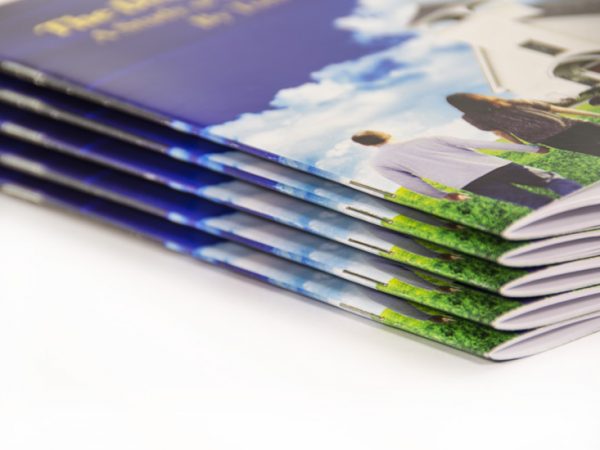
Saddle stitch binding offers several advantages for cost-effective booklets. Firstly, it is a more affordable binding method compared to perfect binding or other options. It requires fewer materials and less labor, resulting in lower production costs. Additionally, saddle stitch booklets open flat, allowing readers to view the content without the pages constantly closing on their own. This makes it easier to read and handle. Saddle stitch binding is also suitable for a variety of promotional materials, including brochures, magazines, and event programs. Its versatility and efficiency make it a smart choice for cost-effective printing projects.
Saddle Stitch Books: A Comparison with Perfect Binding
Saddle stitch books and perfect bound booklets are two popular binding methods that offer different advantages and aesthetics. Understanding the differences between these binding methods can help you make an informed decision. In this section, we will compare the aesthetics and durability of saddle stitched booklet binding with perfect binding, discuss the efficiency of saddle stitching for faster turnaround, and analyze the cost aspects of saddle stitch versus perfect bound booklets.
The Aesthetics and Durability of Saddle Stitch vs. Perfect Binding
Saddle stitch binding provides a polished finish with a fold along the spine and wire staples holding the pages together. This binding method gives the booklet a distinctive look and allows it to lie flat when opened. The flexibility of saddle stitch books makes them easy to handle and read. On the other hand, perfect bound booklets use strong adhesive to bind the pages and have a flat edge. This method offers a sleek and professional appearance, making perfect bound booklets suitable for display on shelves.
Saddle Stitching Efficiency for Faster Turnaround
Saddle stitch binding is known for its efficiency, making it a preferred choice when tight timelines are a concern. Since saddle stitch books are bound with wire staples, the production process is quicker compared to perfect binding, which involves using adhesive that requires drying time. This allows for faster turnaround and ensures that your booklets can be printed and distributed in a shorter timeframe, ideal for time-sensitive promotions or event materials.
Cost Analysis: Saddle Stitch vs. Perfect Bound Booklets
When it comes to cost, saddle stitch binding often proves to be a more cost-effective option. Saddle stitch books require fewer materials and less labor compared to perfect bound booklets, resulting in lower production costs. Additionally, saddle stitch binding is suitable for a wide range of page counts, ranging from 8 to 72 pages, making it versatile for various print projects. Perfect binding, however, may incur higher production costs due to the use of adhesive and the need for additional drying time. Assessing your budget and print requirements can help determine which binding method provides the best cost-value balance for your specific needs.
Crafting a Visually Attractive Saddle Stitch Booklet

Crafting a visually attractive saddle stitch booklet involves considered design decisions that resonate with the intended readers. By incorporating design elements that enhance the overall aesthetic appeal, you can create a booklet that captures attention and delivers your intended message effectively.
Start by defining the purpose and target audience of your booklet. Understanding who you are creating for will guide your design decisions and ensure that your design resonates with the intended readers. Consider factors such as age, interests, and preferences to create a visually appealing and engaging design.
One of the key design elements for a visually attractive saddle stitch booklet is the use of high-quality images that align with the content. Incorporating visually striking and relevant images can enhance the overall aesthetic appeal of your booklet and make it more visually engaging for the reader. Make sure to select images that align with your intended message and complement the design.
Readable fonts are another important design element to consider. Choose fonts that are easy to read and reflect the style and tone of your content. A cohesive color palette that aligns with your brand or theme is also crucial for visual appeal. Select colors that complement each other and create a harmonious and visually pleasing booklet.
The layout and organization of your content also play a significant role in crafting a visually attractive saddle stitched book. Ensure that the content is presented in a visually appealing and easy-to-read manner. Use consistent spacing, proper alignment, and clear section headings to create a visually appealing and well-structured design.
By implementing these design techniques and considering the purpose, target audience, high-quality images, readable fonts, cohesive color palette, and well-organized content, you can create a visually attractive saddle stitch booklet that captures attention and delivers your intended message effectively.
Leveraging Self-Cover Advantage for Economic Saddle Stitched Booklets
What is Self-Cover in Booklet Printing?
Self-cover booklets are a cost-effective option for saddle stitch binding. In self-cover booklets, the same paper is used for both the cover and inside printed pages, eliminating the need to get a separate cover printed and extra binding process. This not only saves on material costs but also offers greater flexibility in design options. Whether it’s a brochure, manual, or newsletter, self-cover booklets are suitable for various types of content.
The Cost-Saving Benefits of Self-Cover Booklets
Opting for self-cover booklets comes with several cost-saving benefits. By using the same paper for both the cover and inside pages, businesses and individuals can reduce their material and production costs. Additionally, the streamlined printing process eliminates the need for separate cover printing, saving time and labor expenses. Self-cover booklets also have an impact on shipping and distribution costs, as they are lighter and require less packaging compared to booklets with separate covers. Embracing self-cover booklets enables businesses and individuals to achieve cost-effective printing while still having ample design options and maintaining the quality of the final product.
| Cost-Saving Benefits of Self-Cover Booklets |
|---|
| Reduced material costs |
| Streamlined printing process |
| Savings on labor expenses |
| Impact on shipping and distribution costs |
By leveraging the self-cover advantage, businesses and individuals can achieve economic saddle stitch booklets without compromising on quality or design options. The cost-saving benefits of self-cover booklets make them a smart choice for cost-effective printing projects.
Optimising Page Count for Saddle Stitch Booklet Cost-Efficiency
Optimising the page count is crucial for achieving cost-efficiency in saddle stitch booklets. Saddle stitch binding works best with page counts that are multiples of four. The minimum page count is eight, and the maximum depends on the paper type but is typically around 72.
By carefully planning the content and layout, businesses and individuals can ensure that the booklet has an appropriate page count that maximizes the cost-efficiency of saddle stitch binding. Avoiding excessive blank pages or unnecessary content can help reduce printing costs and make the booklet more affordable without compromising on the overall quality and impact of the publication.
| Page Count | Paper Type | Maximum |
|---|---|---|
| 8 | Any | 8 |
| 12 | Standard | 12 |
| 16 | Standard | 16 |
| 20 | Standard | 20 |
| 24 | Standard | 24 |
| 28 | Standard | 28 |
| 32 | Standard | 32 |
| 36 | Standard | 36 |
| 40 | Standard | 40 |
| 44 | Standard | 44 |
| 48 | Standard | 48 |
| 52 | Standard | 52 |
| 56 | Standard | 56 |
| 60 | Standard | 60 |
| 64 | Standard | 64 |
| 68 | Standard | 68 |
| 72 | Standard | 72 |
Selecting Paper Stocks Wisely for Economic Saddle Stitched Booklets
When it comes to creating economic saddle stitch booklets, selecting the right paper stocks is crucial. The choice of paper stock type can have a significant impact on printing budgets. Coated and uncoated paper options differ in cost, with glossy options typically being more expensive. It’s important to consider the purpose and desired aesthetics of the booklet when making the paper selection.
Understanding the impact of paper weight on printing and postage costs is also vital. Heavier paper weights require more ink and may increase production expenses. This can have a direct influence on the overall printing budget. Carefully considering both the type and weight of the paper is essential in finding the perfect balance between quality and affordability in saddle stitch booklet printing.
Understanding Paper Types and Their Impact on Printing Budgets
When selecting paper stocks for saddle stitched books, it’s important to be aware of the cost implications associated with different paper types. Coated papers, which have a smooth and shiny finish, are often more expensive than uncoated options. They provide a professional and sleek look to the booklet. Uncoated papers, on the other hand, have a more natural and tactile feel. They can be a cost-effective choice for certain applications, especially if the desired aesthetic is more rustic or organic.
Consider the purpose of the booklet and the image you want to convey. If you’re creating a high-end marketing brochure or a premium product catalog, you may opt for a coated paper with a glossy finish to enhance the visual appeal. For informational pamphlets or budget-friendly saddle stitched books, uncoated papers can offer a cost-effective solution while still maintaining good print quality.
How Paper Weight Influences Printing and Postage Costs

The weight of the paper used in saddle stitch booklets has a significant impact on both printing costs and postage costs. Heavier paper weights require more ink during the printing process, which can increase production expenses. This is an important cost consideration, especially for large print runs or budget-conscious projects.
Postage costs can also be influenced by the weight of the paper. Heavier booklets may incur additional postage charges due to their increased weight. It’s crucial to consider these potential postage costs when selecting the paper weight for saddle stitch booklets, as they can impact the overall budget. By striking a balance between the desired visual impact and the cost of production and postage, businesses and individuals can optimize the cost-efficiency of saddle stitch booklet printing.
Embracing Bulk Order Discounts for Saddle Stitch Binding
Embracing bulk order discounts is a smart strategy for cost-effective saddle stitch binding. Printing booklets in large quantities often leads to reduced costs per unit, as the production expenses are spread out over a larger volume. Many printing companies offer bulk order discounts, which can significantly lower the overall price of saddle stitch booklets.
By calculating the required quantity accurately and ordering in bulk, businesses and individuals can take advantage of cost savings and achieve the best results for their printing projects. Embracing bulk order discounts is a practical way to optimize the cost-efficiency of saddle stitch binding and make the most of the printing budget.
Innovative Design Techniques on a Budget for Saddle Stitch Binding
Implementing innovative design techniques on a budget can help businesses and individuals create impactful saddle stitch booklets. In this section, we will explore free tools that empower self-publishing with saddle stitch booklets and discuss the strategic use of colors and typography to reduce printing costs.
Free Tools That Empower Self-Publishing with Saddle Stitched Booklets
Utilizing free design tools can empower self-publishing for those on a limited budget. Online resources such as Canva, Microsoft Publisher, and Adobe InDesign offer a wide range of design options at little to no cost. These tools allow users to create professional-looking booklets without the need for expensive software or design expertise. By leveraging these free tools, businesses and individuals can create visually appealing saddle stitch booklets that showcase their content effectively.
Strategic Use of Colours and Typography to Reduce Printing Costs
Strategic use of colors and typography can significantly reduce printing costs while maintaining the visual impact of saddle stitch booklets. Choosing a limited color palette and selecting fonts that are readily available on standard printers can help minimize expenses. By focusing on colors and fonts that require less ink, businesses and individuals can reduce their printing costs without compromising the overall quality and attractiveness of their booklets.
| Benefits of Free Design Tools for Saddle Stitch BookletsBenefits of Strategic Use of Colors and Typography | |
|---|---|
| 1. Cost-effective design options | 1. Reduced printing expenses |
| 2. User-friendly interfaces for easy customization | 2. Minimized ink consumption |
| 3. Access to a wide range of templates and design resources | 3. Consistent and visually appealing design |
| 4. Increased design flexibility without additional costs | 4. Enhanced readability and visual hierarchy |
By embracing innovative design techniques and leveraging free tools, businesses and individuals can achieve cost-effective saddle stitch binding without sacrificing quality or impact.
Conclusion
In conclusion, saddle stitch booklets provide a cost-effective solution for all your printing needs. By taking advantage of the perks of saddle stitch binding, creating visually appealing designs, utilizing the self-cover advantage, optimizing page count, selecting the right paper stocks, embracing bulk order discounts, and implementing innovative design techniques, you can achieve cost efficiency in your printing projects.
Saddle stitch booklets offer an affordable and efficient way to share information, promote your brand, and engage your target audience. Whether you need brochures, magazines, event programs, or other promotional materials, saddle stitch binding is a smart choice for cost-effective printing.
With saddle stitch booklets, you can deliver high-quality printed materials while staying within your budget. So, why spend more when you can enjoy the benefits of cost-effective printing with saddle stitch booklets? Start exploring the possibilities and make the smart choice for your next printing project!
FAQ
What is saddle stitch binding?
Saddle stitch binding is a technique used to bind booklets by folding pages in half and securing them with wire staples along the spine.
What types of materials are suitable for saddle stitch binding?
Saddle stitch binding is suitable for a variety of promotional materials, including brochures, magazines, and event programs.
How does saddle stitch binding compare to perfect binding?
Saddle stitch binding provides a polished finish and opens flat, while perfect binding uses adhesive for a sleek appearance and flat edge.
How can I create a visually attractive saddle stitch booklet?
Define the purpose and target audience, use high-quality images, choose readable fonts and a cohesive color palette, and pay attention to layout and organization.
What is the self-cover advantage in saddle stitch booklets?
Self-cover booklets use the same paper for the cover and inside pages, reducing printing costs and offering design versatility.
How can I optimize the page count for cost-efficient saddle stitch booklets?
Plan the content carefully to ensure an appropriate page count that maximizes the cost-efficiency of saddle stitch binding.
How should I select the right paper stocks for saddle stitch booklets?
Consider the purpose, desired aesthetics, paper type (coated or uncoated), and weight to find the right balance between quality and affordability.
Is there a way to save costs on saddle stitch booklets through bulk orders?
Yes, ordering in bulk often leads to reduced costs per unit, as production expenses are spread out over a larger volume.
Are there any free design tools available for creating saddle stitch booklets?
Yes, online resources such as Canva, Microsoft Publisher, and Adobe InDesign offer a range of design options at little to no cost.
How can I reduce printing costs through innovative design techniques?
Choose a limited color palette, select fonts readily available on standard printers, and strategically use colors and typography.
